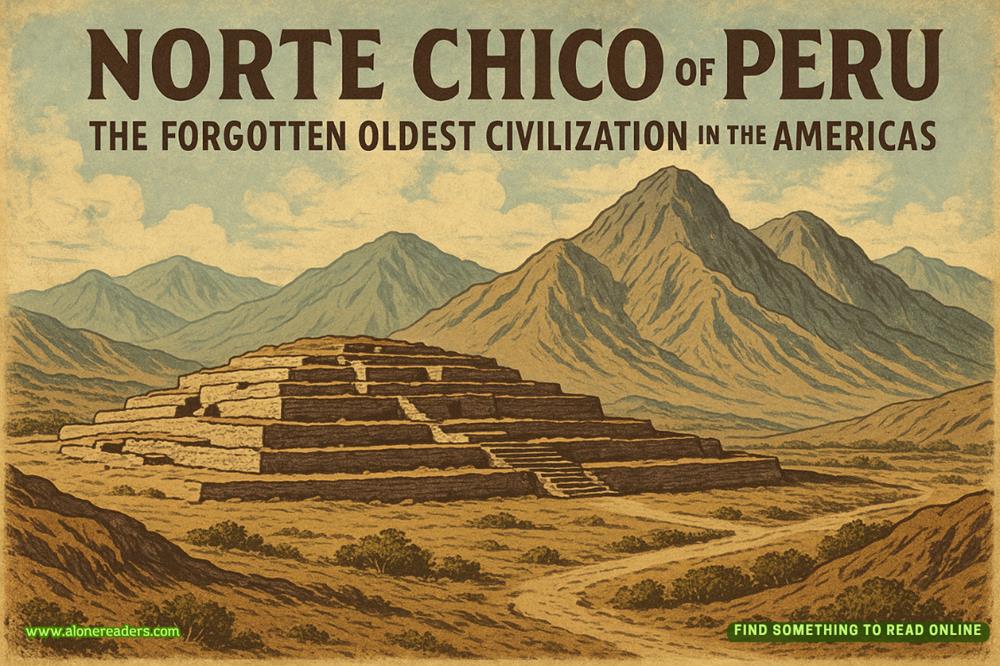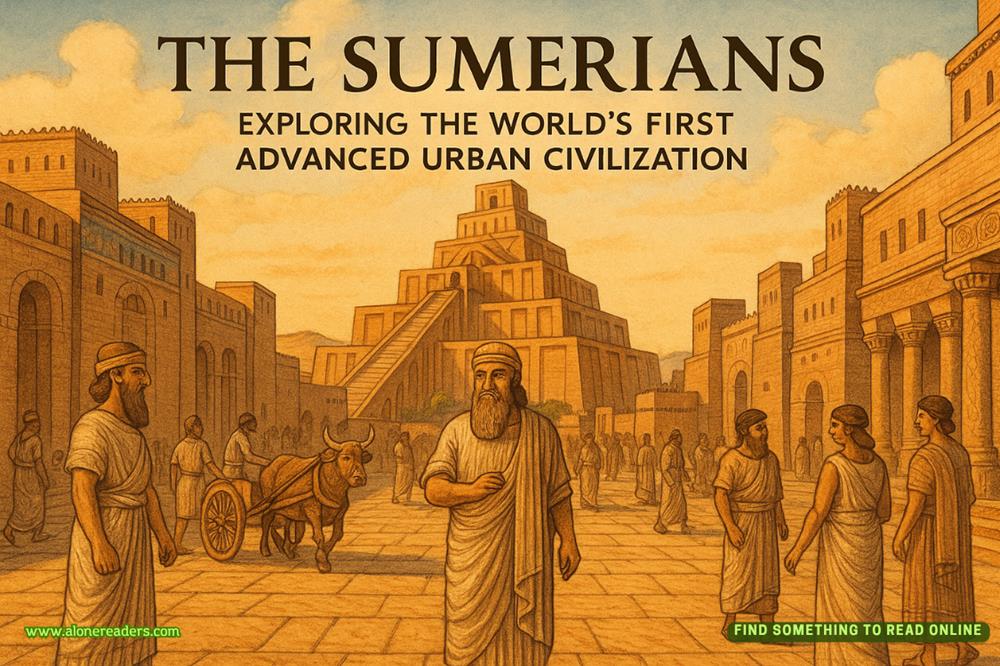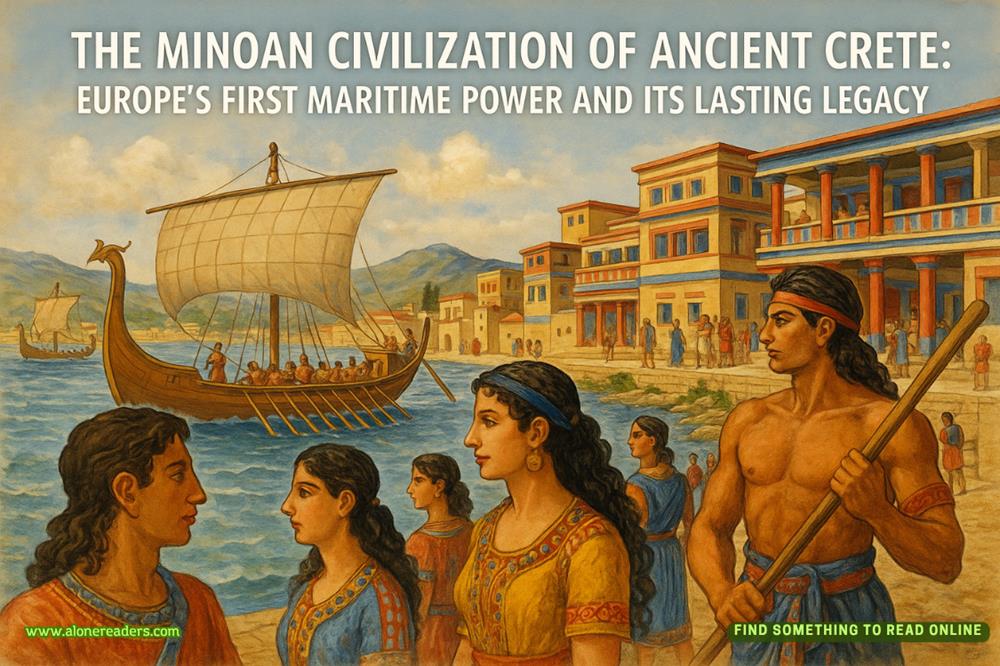“Stop staring at me like that,” she says without turning around, but I can see her smile in the mirror.
“Like what?”
“Like you’re planning something that would make us very late for our architecture tour.” She meets my eyes in the reflection, and heat flickers between us despite the early hour.
I rise from the bed and move behind her, my hands settling on her waist. “Would that be so terrible?”
“Yes.” But she leans back against my chest, undermining her protest. “I promised to show you my city, and I keep my promises.”
“All of them?” I brush my lips against the sensitive spot behind her ear, feeling her shiver.
“The important ones.” Her voice has gone slightly breathless. “And this is important. You need to see what two thousand years of architectural evolution looks like.”
“I can see it here.” I trace the line of her neck with my fingertips. “Of all the wonders I have seen, in any age, you are the most beautiful.”
She turns in my arms, eyes sparkling with mischief. “That’s a terrible line.”
“But effective?” I lean down to brush my lips against hers.
“We’ll see how effective it is tonight.” Her kiss is quick but promising. “Now get dressed before I change my mind about leaving this room.”
An hour later, we emerge from the subway into downtown Chicago, and I stop dead, staring upward. Glass and steel towers stretch toward the sky like monuments to human ambition, their surfaces reflecting the morning sunlight in patterns that would have seemed like divine magic in my time.
“Overwhelming, isn’t it?” Nicole’s hand finds mine, her fingers intertwining with a casual intimacy that still makes my heart race.
“In Rome, our tallest buildings were five stories. This…” I gesture helplessly. “How do they not fall?”
“Engineering. A steel frame skeleton, plus foundations that reach almost as deep as the building is tall.” Her enthusiasm is infectious. “Chicago pioneered most of these techniques after the Great Fire in 1871.”
After she tells me about the cow blamed for the fire, she guides me toward a building that seems to be made entirely of glass, her expertise evident in the way she points out load-bearing elements and design innovations. Watching her explain complex concepts with confident authority is dangerously distracting.
“You’re brilliant,” I tell her as we pause before what she calls the Willis Tower.
“I’m just repeating what I learned in my urban planning coursework.” But color rises in her cheeks at the compliment.
“No. You’re making connections, teaching me to see patterns I’d never see alone.” The touch is chaste enough for public eyes, but the way her pupils darken tells me her thoughts have turned from lectures to something far more dangerous. “You’re brilliant, and I love watching your mind work.”
“Keep that up and we’ll never make it to the Frank Lloyd Wright house,” she warns.
“Perhaps I learn architecture best with my hands.”
“Quintus.” My name carries warning and promise in equal measure.
“Show me this Wright’s work.” There’s a touch of reluctance in my voice, just to remind her what I’m going to do to her when we’re alone tonight.
By midday, we stand in front of the Oak Park house, which leaves me speechless. Where Roman architecture emphasized grandeur, Wright’s design flows like music made solid.
“It’s completely different from anything I knew,” I admit.
Nicole’s eyes shine as she explains, “He called it organic architecture—buildings that grow naturally from their environment.”
“Like you,” I say without thinking. “You’ve grown from the life you chose, not the one that tried to confine you.”
Her smile blooms, soft and radiant, and it robs me of breath.
“I never thought of it like that,” she murmurs.
The afternoon sun has shifted by the time we finish exploring Wright’s masterpiece, and Nicole’s stomach chooses that moment to announce itself with an audible growl.















